Put eCommerce next to paid advertising and return on ad spend (ROAS) is the first term that comes to mind.
Experienced marketers will tell you that ROAS is the hill marketing agencies usually die on – On the other hand, business owners watch their hard-earned cash fall into an endless pit of vague or unimpressive results. Everything is determined and dependent on ROAS.
Or is it?
After a decade of managing paid ads, I can tell you that you need to scratch below the surface so you don’t stunt your progress and miss vital opportunities for the growth of your business.
So, before you fire your marketing agency or drown in a stream of despair, take a moment to reassess the situation. You may unknowingly be on the cusp of something beautiful!
Let’s look at the untold story of ROAS.
What is ROAS (Return on Ads Spend)?
Return on ad spend is one of the key metrics in paid advertising. It shows how much money you’ve earned (or lost) for every dollar that you’ve spent on marketing. It spells it out for you: The RETURN on your AD SPEND.
For instance, let’s say you’ve spent $10 for a Facebook ad and you see that it shows 6 ROAS. This means that it generated $60 of revenue through ads.
Deduct the ad spend from the ad revenue and you have profit, right?
Well, not quite. You still need to factor in the production costs, shipping, overhead, wages, and such if you really want to point out a clear profit.
For that reason, don’t mix up Facebook ads ROI (return of investment) and ROAS. More on that below.
So, if my ROAS is high my business is doing great?
Technically yes, but also not quite. It signals that your ads are performing well and that yes, you’re making a profit. It’s an indicator of good health and a catalyst to make moves and let your business thrive. But don’t just look at ROAS as a successful metric!
But we’ll get to that later as well.
Understanding Your Breakeven Point
You know better than anyone that whatever you’re selling doesn’t just fall from a tree. There had to be some sort of an investment you had to make before even launching your ads. Research, prototypes, multiple failures, gifting…
Every product has a gross margin. For physical products these are production and shipping costs, then some need to factor in overhead and costs of customer support as well. So, there’s a lot to think about.
Similar to digital products – software maintenance, development, the time it takes to produce content, hosting fees, etc. – these are all costs of goods.
Breakeven point is the ROAS threshold you need to pass to go above gross margin and start making a profit.
Of course, this index varies from industry to industry, brand to brand. If you have a product with a high price point and low production margin (10%) your breakeven point could be 1.1 ROAS. Digital products and subscriptions service can even be below a 1!
On the flip side, if the margin is higher (closer to 50% or even more), you’ll need to reach a higher ROAS to break even.
So, factor in all your costs of goods plus ad spent, and then you’ll have a solid idea of breakeven point and your ROAS goal. Everything above it is your Facebook ROI – a return on your (full) investment.
Here’s how breaking even works on every dollar you spend:
So, you’ll need $15 on every $10 you spend to break even if your product’s COGS is 50% (or $1.5 on every dollar).
For most eCommerce brands that want to profit from Facebook ads, target ROAS is everything above the breakeven point. We tend to see an average ROAS is at 1.3 for breakeven.
Looking at the Bigger ROAS Picture
When you look at the marketing landscape today, most people are fixated on ROAS.
Why isn’t my ROAS higher?
We are losing money?! 😱
We are spending more but not seeing our ROAS increase! 😠
It’s touted as the be-all-end-all of your metrics. When it’s high, store owners are happy as they’re seeing surges of profit. When it decreases, they start panicking. But it’s not that simple and it’s not all bad.
High ROAS is a sign of a healthy ad campaign. If your goal is to grow your brand, you want to utilize that positive growth into scaling your business and boosting your revenue long-term.
In fact, high “unscaled” ROAS can be bad for your business because you’re in the long game and not capitalizing on the opportunity. In this case, you are thinking small (not seeing the bigger picture) or optimizing instead of scaling.
Yes, you’re making some profit now but you’re leaving money (and much more) behind. On the other hand, when you scale ROAS always takes the bullet.
So, what is a good ROAS? It’s up to you to decide what you want your ROI to be – do you want short-lived ad profit? Or growth that will establish your business in the long run?
Why Does ROAS Decrease When You Scale
ROAS decreases when you scale because you’re pumping more money into your ad real estate and you’re moving further away from the bottom of your sales funnel. Kind of like this:
There are a few things to consider when it comes to ROAS when starting your first ad campaign.
First, Facebook spends on prospecting – extremely “cold” audiences. They have never heard of you and have no idea about your brand. This campaign might not have a high ROAS and it’s as important as targeting a warmer audience with the right ads. However, bar a spontaneous purchase, this audience doesn’t usually convert on the first click.
This makes immediate purchases less likely, but shows your product to more people and starts warming them up for potential purchase (moving from cold, to warm, to hot).
But then the Facebook algorithm targets remarketing audiences heavily. There is a bigger interest here. These are people that are midway through the funnel and are already “warm” for your product or service.
They are likely to click on an ad (again) and ultimately convert – which will improve your overall blended ROAS. Remarketing ads are important especially for pricier items that take 2-34 touchpoints before converting.
Also, when you start, you’ll operate on a smaller budget at first and increase it slowly. When you see those wins, you increase, but naturally, that brings down the ROAS.
Think of it this way. When you spend $1 on your ad and generate $6 in sales, you’ll have a 6 ROAS index. When you spend $20k and generate $60k in sales, the index will show 3. But in the latter scenario, you are making more total revenue which will help you grow your brand faster as you have more capital.
What to Do When Your ROAS Drops as You Scale?
Since it’s natural for ROAS to go down when you increase spends (remember you are investing to convert cold audiences to warm, to hot), you should prepare for damage limitation and getting back on track.
The first thing to do is not panic and make a bunch of changes as soon as you see a drop. Assess the situation first. The learning phase is a real issue with Facebook and rash decisions only resets everything back into learning.
Secondly, sometimes there’s a drastic drop and it happens. But not knowing why it dropped, turning off all your ads or decreasing all your spend could only make ROAS worse.
It’s usually a good idea to let things run for 3-4 consecutive days of decreasing performance and adjust from there. You don’t want to jump the gun and overreact if you are just having a bad weekend of sales. Seriously, it happens.
If ROAS keeps going down, try to get it back on track by looking at the grand scheme of things.
- Identify the date and time the drop started.
- Analyze if anything particular changed that day (in the account, on the website, in the world, etc).
- Check your analytics (did your conversion rate drop on a specific page, on the entire website, or was there a large drop in traffic? If so, from what source?).
- Has a new tracking issue developed? Do a test checkout to make sure pixel and tracking are working.
- Check your ad CPMs.
- Check your campaign and ad set frequency. Are you saturating your audience?
- Were there any external factors? increasing competition or decreasing demand (election, holiday period, weather, etc?)
- Review and compare previous periods (including prior years, the issue may be seasonal).
- Check stock levels, did your top product or the product featured in your ads sell out?
How to Fix ROAS Quickly
If you can’t identify and fix the core issue that quick, here’s what you can do to adjust your ads and get the ROAS back on track:
- Decrease the spending on the campaigns with the lowest ROAS, this is usually the coldest audience (prospecting).
- Focus on trimming down your ads. If you have 3-5 ads running in an ad set, optimize it so that only the top 1-2 ads are running. Look at 7, 14, 30-day, and lifetime metrics.
- Optimize first by ad level, then ad set level, and finally campaign. Turn off anything that is not working.
- Run some split tests using your prior top audiences and creativity.
- Try a new offer. Has anything changed in your target market’s life? Is there something you can add to your offer to increase the perceived value?
- Refresh creative and copy (review what has performed well in the past and try to improve it) – ad fatigue is real.
After you have been through these steps your ROAS should level up a bit while you keep growing your brand.
Reach out if you have questions or need some help. We would be more than happy to review your account and give you some pointers! 🙌
Low ROAS Can Equal Growth
Paid ads gurus like to throw numbers around without giving you an in-depth explanation or showing you the entire picture.
Sometimes metrics are showing that things are on the up but something’s just not right. Things are looking rosy and ROAS is high, but you ain’t feelin’ it.
For example, this screenshot can tell that one of our clients has 100+ ROAS:
But in reality, the account ROAS is much lower as “gurus” will only show you the very best campaign (usually abandoned cart or anything bottom of the funnel).
They don’t show you all the money that was spent at the top of the funnel to scale the audience big enough to drive those sort of ROI.
This is the actual ROAS of the entire account for the same period.
You can see it’s only ⅕ of the first image. But the spending on the top of the funnel is the only reason we are able to get 100+ ROAS at the bottom of the funnel.
FUN FACT: It took us over two years to get to this point – this account started with just a 2 ROAS.
Invest in long-term growth and you will be rewarded. 🏆
Consistency Is Key
Another thing you need to consider when assessing ROAS is consistency. What happens if it drops? Is your business growing, flatlining, or declining?
As said, ROAS will naturally drop in the long run as you scale because you are showing your brand to plenty of new people.
If the ROAS is over your breakeven point for some time, it means that your ads are healthy and it’s time to grow. 📈
The more you invest in paid ads over time, the better your success indicators will become (good evergreen campaigns, targeting, and by using techniques like dark posting) you’ll increase the social proof of your ads which will increase your ROAS.
As you invest more money into paid ads, your ROAS will decrease when in the “learning” period. But paradoxically, your company and profits will grow and ROAS will return over time. Look at this table:
It may not look like much, but spending more money on ads means investing in the real estate of a particular platform. The more you spend, the more you are seen. The more Facebook learns the best audience to send your ads to.
Thus, the real value is hidden behind all short-term returns and numbers.
You should be in for the long term. If you stick to 6 ROAS, you only have $450 to reinvest in your business. If you focus on growth, you have a 2.5 ROAS but $10,000 to reinvest.
Surely you can do a lot more with $10,000 than you can with $450! This helps with product development, bigger ad budgets, and more customer feedback.
Understanding the Long Game
The other crucial piece is that paid ads will get your brand out there in the spotlight. The more people see it, engage, and convert, the greater your brand’s social proof, reach, and customer lifetime value is.
Let’s say that for every 10-15 conversions, you have a customer that will recommend your brand to another person or gift your product to someone who’ll check your business out themselves.
Not only that but once you acquire a new customer, they may buy from you more than once – increasing their lifetime value.
The hardest part is acquiring a new customer, now you just have to nurture them. Especially if you took the time to perfect the quality of your product or service.
So for example, a person is intrigued by your ad. They click, they land on your page, and they buy a product. Woohoo! 🥳 You now have their email (to remarket to and create a lookalike audience as well) and their purchase increases your ROAS.
Next time, they already know what they want so they visit your store organically. They buy again, but their order value is much higher this time because they know what they’re getting. Or, they recommend your brand to their friends. Or you send them an email blast with a special offer. They buy again.
This time, the purchase will not count toward your ROAS, but your ads have done a tremendous job in retaining them in the first place.
With things like this, it is important to define the ROI (is it how much money you are making or the cost per acquisition?). CPA can be just as important as ROAS since you will continue to grow your brand as you increase customers’ lifetime value.
Case Study: When Low ROAS Crushes the Long Game
Let’s put theory to practice. Here’s an example of lux beddings and bathroom sets brand that we’re running ads for.
The Goal: The brand wants a good foundation for scaling while maintaining a high ROAS.
The Process: The start was expected. The algorithm has captured many through the bottom of the funnel (email lists, past purchasers, frequent website visitors) and the ROAS immediately spiked.
But as you see, that’s a ridiculously low spend for a brand that wants to hit six figures by the end of the year (you’d need an average ROAS of 10,000 at this rate).
Something is going right, so now we optimize and scale.
As we continued spending, the ROAS kept decreasing. Here are the performances of some ad sets as we began to scale:
This naturally happens as you start at the top of the funnel. The algorithm is in learning and trying to find out more about the right audience to serve your ads to. Not all will be wins, so naturally, the ROAS drops.
But once it finds that right audience, that’s where you scale and optimize.
We monitored data carefully, spit tested, and cut off ads that weren’t performing well while also optimizing those that had better results.
Over time, spends went up and so did ROAS. 👍
But things were also cooking in the background. Ads started showing up to more people who started interacting and converting.
The algorithm had a sizeable sample to work with, getting smarter along the way. It was easier to analyze data, optimize, and locate top performers.
After 3 months of scaling, optimizing, and hard work on this account it now makes a six-figure profit on a 3.76 ROAS average since April.
Results: The total revenue and profits skyrocketed, which increased production and cash flow, allowing the business to continue growing and turning a profit. You can see the gradual increase and high & lows of ROAS of the account in the image above.
This carried a lot of other benefits for the brand:
- Facebook favors a lot of their ads as it has a positive ROAS (and other great secondary metrics).
- Social validation increased and brought in many first time customers.
- We can retarget these customers as past purchasers to increase Lifetime value.
ROAS Calculation
Your ads manager (Facebook, Google, Pinterest, etc) saves you time by calculating ROAS on their own.
But if you’re wondering how to calculate ROAS, don’t worry – it’s quite easy. You just need to divide your conversion value by the cost of advertising. Here’s the visual ROAS formula:
Conversion value is how much you have earned from ad conversions. For example, someone buys a $100 product after clicking on your ad and your ad spent is $50. The ROAS is 2.
ROAS vs. CPA
Cost per acquisition (CPA) is often in the mix with ROAS as an important secondary ad performance metric. However, there’s a big difference and you should be careful when to use which. However, there’s a big difference and you should be careful when to use which.
CPA will tell you how much are you spending on acquiring each conversion. Unlike ROAS, it will show you how much you are spending to the cost of goods.
For example, say you are selling a $100 product, and the CPA for a sale is $50. The formula for ROAS is – price of product / CPA – therefore the ROAS for this sale is 2. But say if the next customer bought a $50 product, your ROAS would actually be 1 even though the CPA of both conversions was $50.
CPA is good for subscription-based products, lead generation and to determine the acquisition purchase value and then compare to their lifetime value (acquiring someone for $15 on a purchase, but they come back and spend $100, you profit and increase their value).
READ MORE>> learn more about how to develop a top-notch marketing strategy for a subscription-based business.
Lifetime Value
What would you rather have? 10 customers that spend over $10,000 on your product during their lifetime, or 10,000 customers that spend $10 once?
Marketers often implement the infamous Pareto Principle (the 80-20) rule in business, because usually, 20% of your customers will provide 80% of the value.
And you need to find, acquire, and nurture this 20% because these are the ones that will keep your business ticking.
You’ve read it above – Facebook ads will allow you to find and acquire each one of that 20%. With good remarketing, you can turn them into recurring customers and naturally, into lifetime supporters of the brand. It may not count towards the ROAS, but your business will reap the rewards.
Another easy way to find this is (Total Revenue / Total # Of Customers). This is slightly less accurate but still an easy way to calculate LTV.
You should be considering your LTV when setting your ROAS or CPA goals so you don’t leave customers and money on the table for your competitors to acquire.
Ideas to nurture these customers are offering exclusive deals, 24-hour access pre-launch, and loyalty discounts.
Average Order Value
Average order value (AOV is another parameter that can tell you if your paid advertising will work or not.
The AOV calculator is pretty simple:
The higher the average order value, the better for your ROAS and ads in general. If you’re advertising a low price point product your ad costs can easily outgrow your revenue.
For instance, you’re selling a $5 product on a $50 ad budget. This means that your ad needs to convert at least 10 people for $50 just to return the ad spend (1 ROAS). You’ll probably need a couple more to actually breakeven and start turning a profit.
Acquiring 10 customers for $50 consistently is tough so try and increase your AOV instead.
In fact, increasing AOV should be your primary goal before diving into growing and scaling with paid ads. Of course, some products have a high price point by default. But if they don’t, you need to tinker a bit.
One of the ways to do this is to bundle your products into one higher-priced product that’s actually more profitable for the buyer.
Here’s an example of a low-priced towel bundled into a 7-piece attractive set:
By adding benefits like discounts, gifts, and especially free shipping on higher orders, you will drastically increase your average order value.
Other options would be to use a sales funnel that has upsells and cross sells products that will help increase the AOV of your checkouts.
BONUS: Template Calculators
Over the years we have developed a range of template calculators to help us better understand our unit economics and impact on eCom stores.
Go ahead, swipe all our agency’s assets:
- Unit economics calculators – Download
- Brand & avatar strategy doc – Download
- Ad naming convention – Download
All Angles of Growth
Long story short – yes, ROAS is probably the most important metric for e-commerce businesses, and significant for any product or service brand. Is a high ROAS essential for growth? The simple answer is no.
However, you should never look at it as an end goal, but instead as an indicator that the company is ready to keep growing further. There are many secondary metrics that are almost just as important.
If your ROAS is currently lower than you’d expect, try to look at all angles before you start making drastic changes. Are you scaling? Is your customer base increasing? What’s your profit compared to last month or two months ago? Tweak and optimize your ads a bit, and see if the ROAS will slowly pick up.
Having issues with a low ROAS? What parameters are you looking at before you start making changes to your ads? Leave a comment below and let us know so we can give you some suggestions!
Also, feel free to contact us if you need any help growing your business online using social and search ads.
If you know someone who needs help we also have a fantastic referral structure so get in touch if you’re interested!

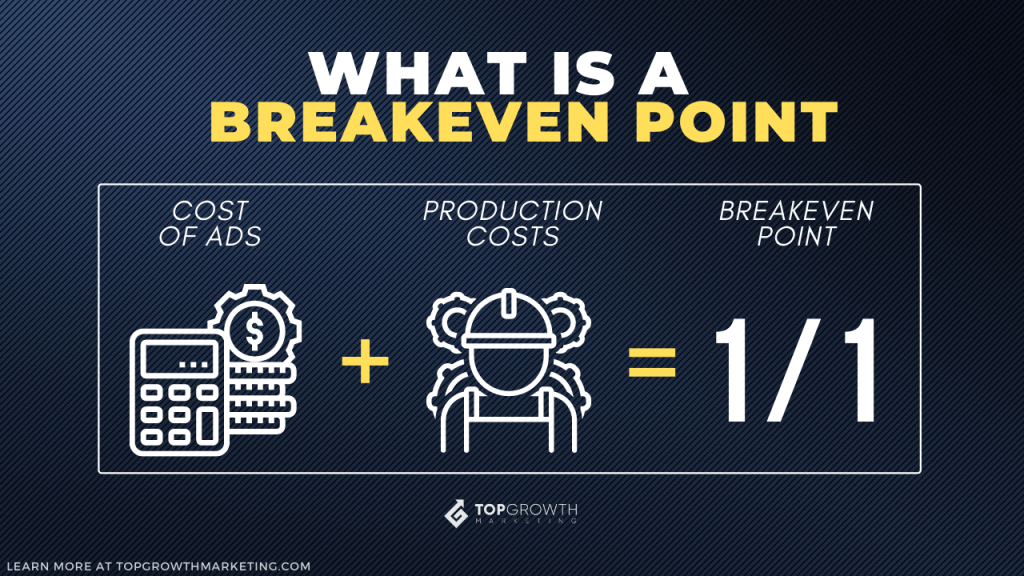
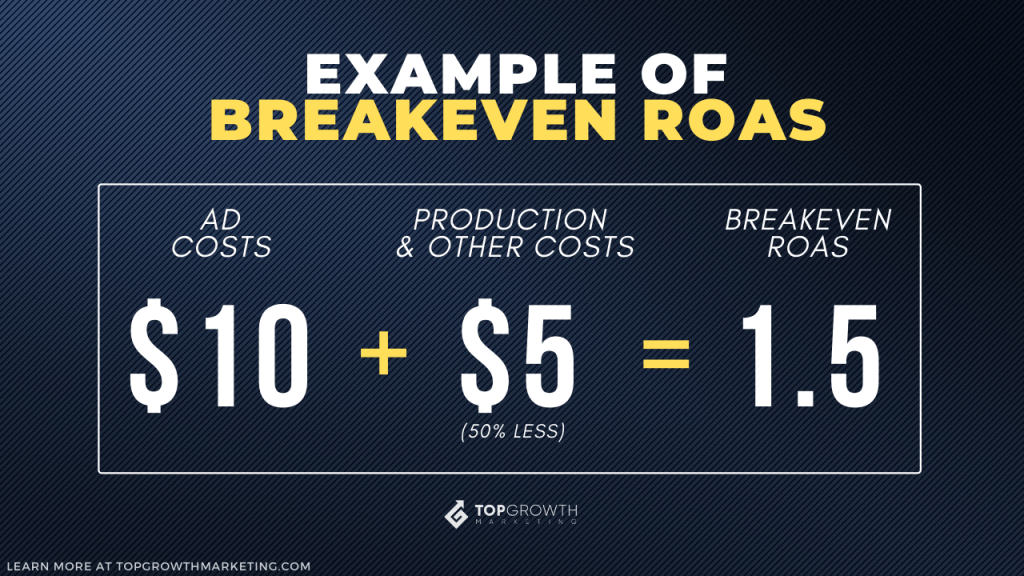


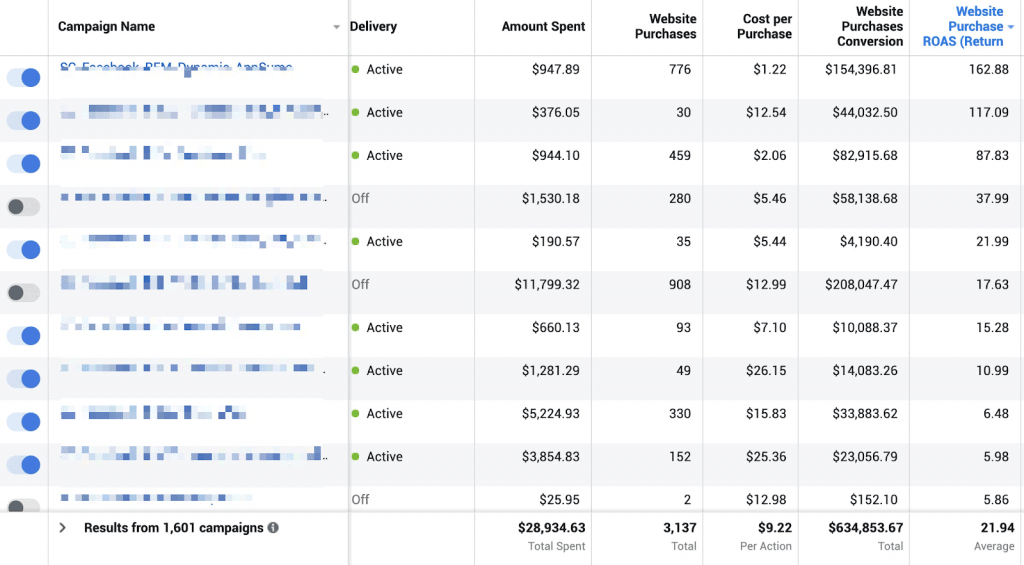
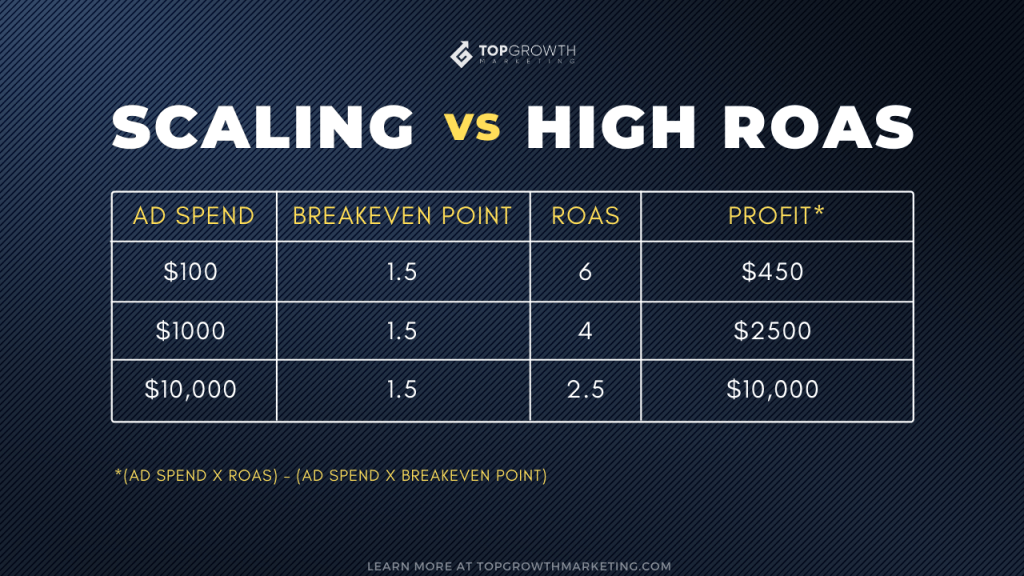
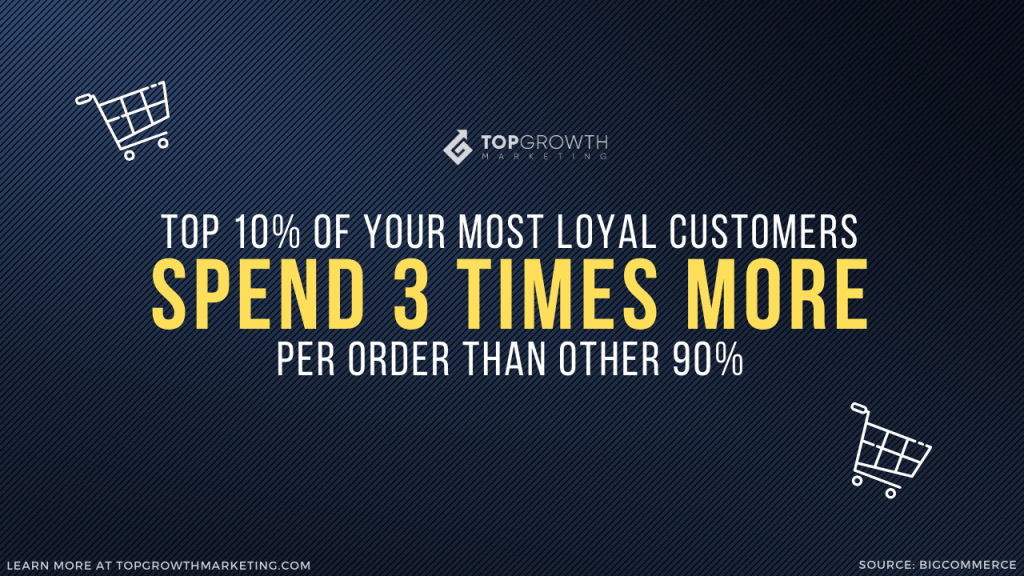




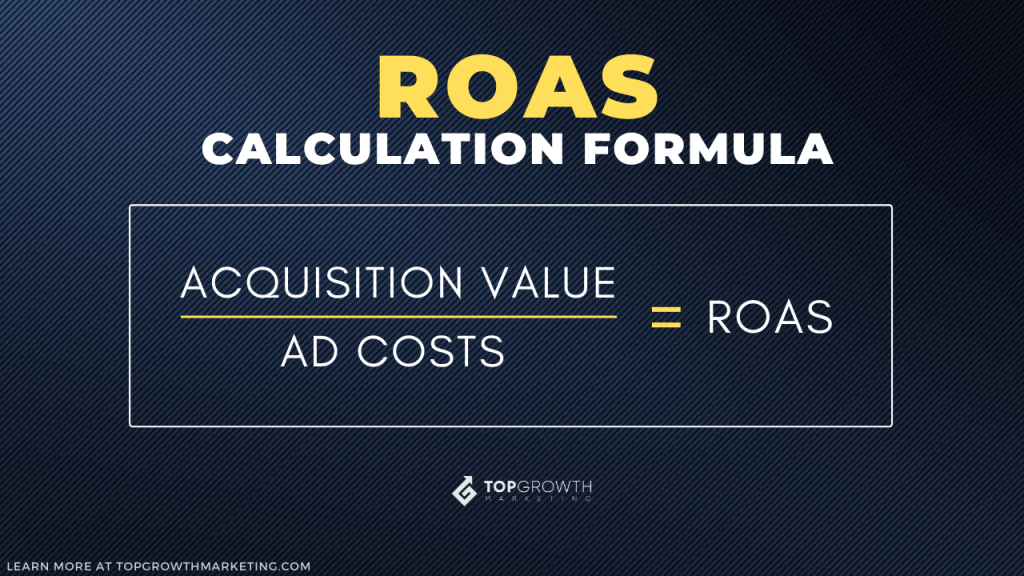
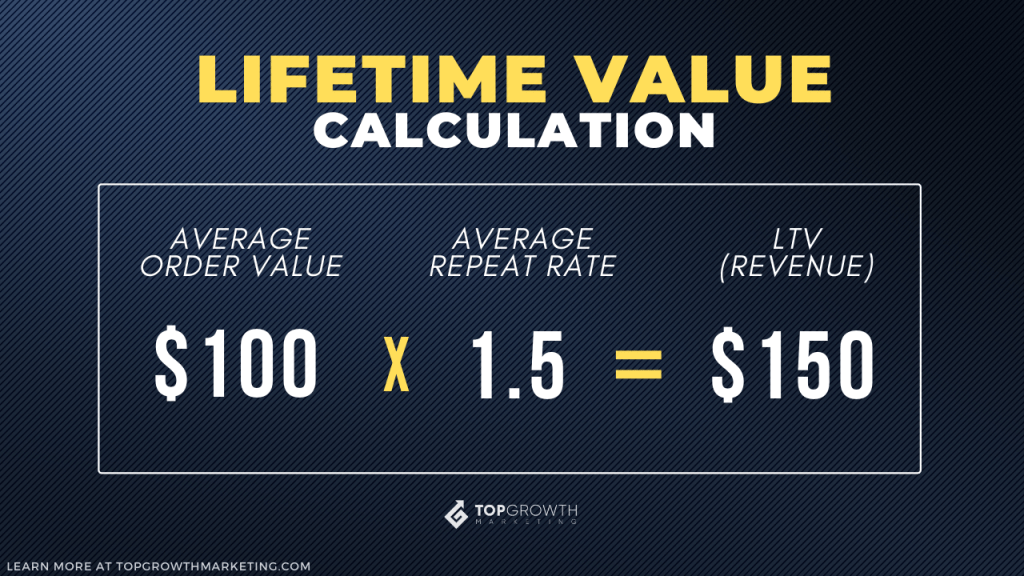
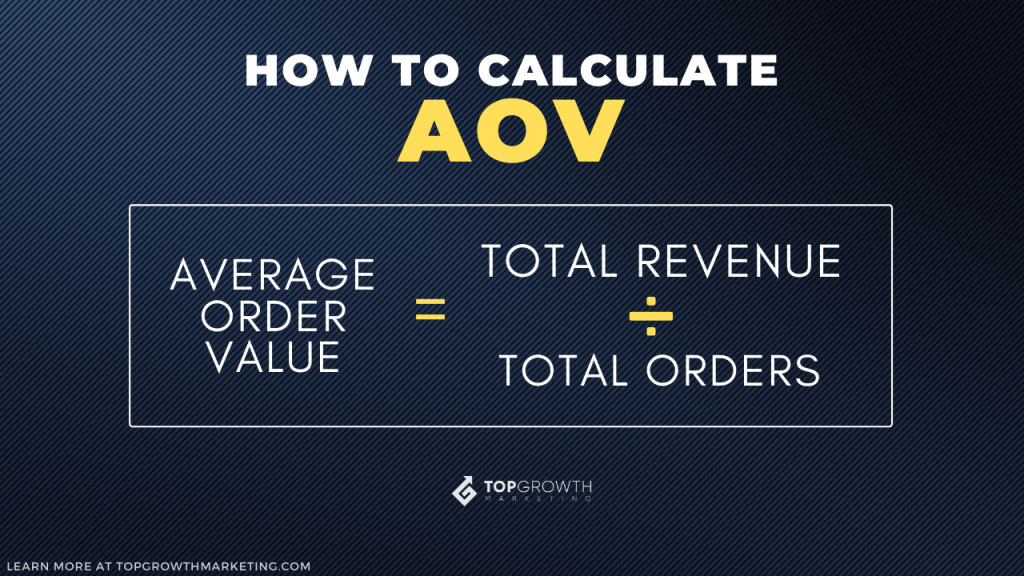
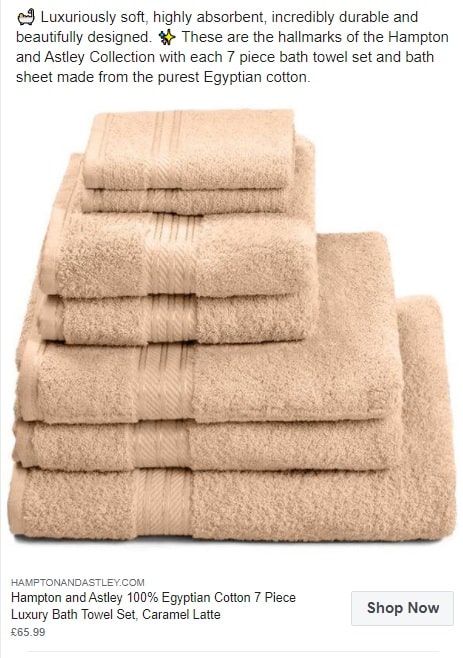

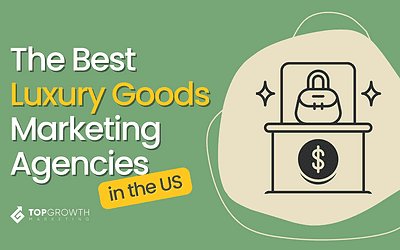
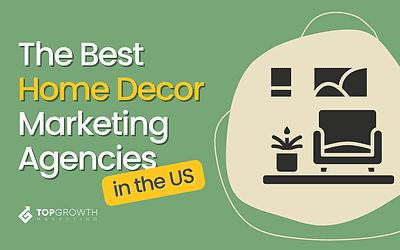
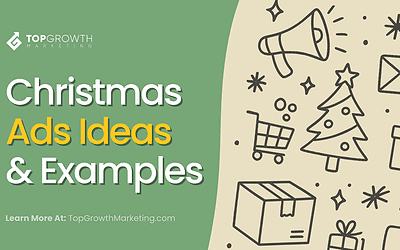
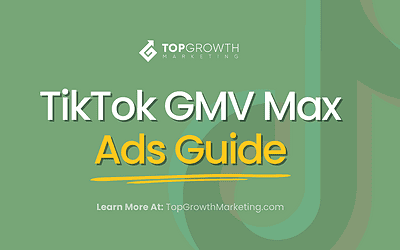
Do you guys only use the platform ROAS? I don’t really like to use it since it’s so different from real ROAS from GA.
We try to look at the big picture (overall ROAS from all platforms). The examples are from the Facebook ads manager, though. Thanks for the comment!
This can actually be a very useful option when it comes to running a Google Ad campaign, with CPM being a great way to maximise brand exposure and visibility.
100% got to load that top of the funnel in order to scale!